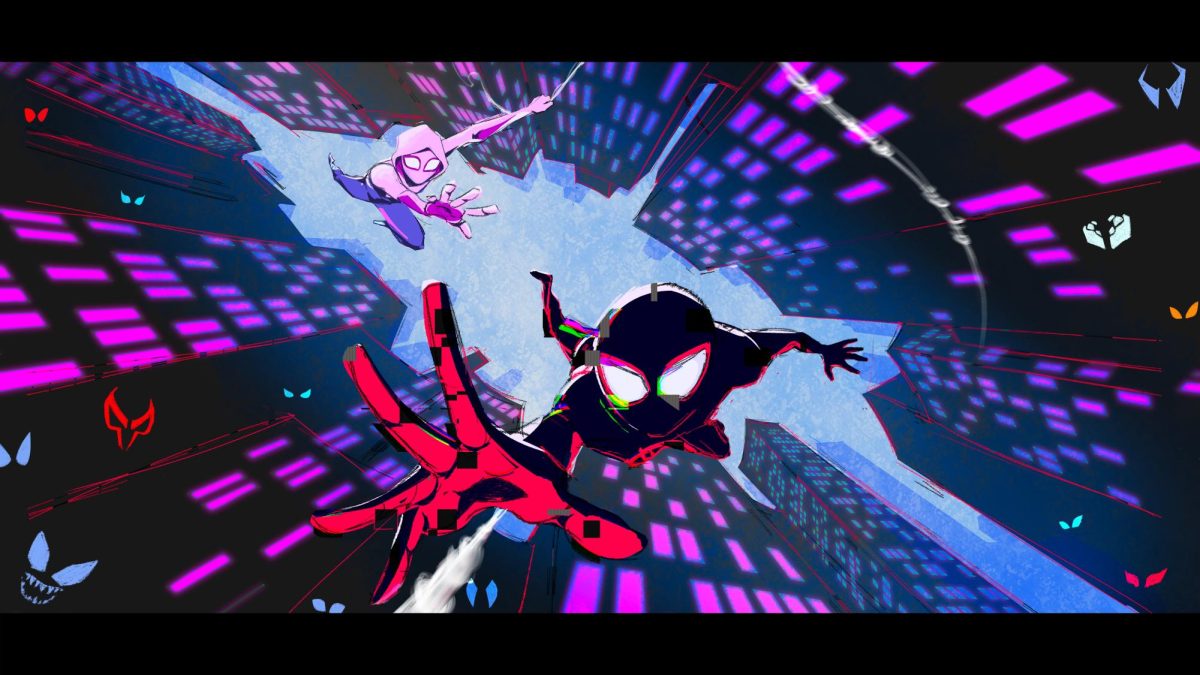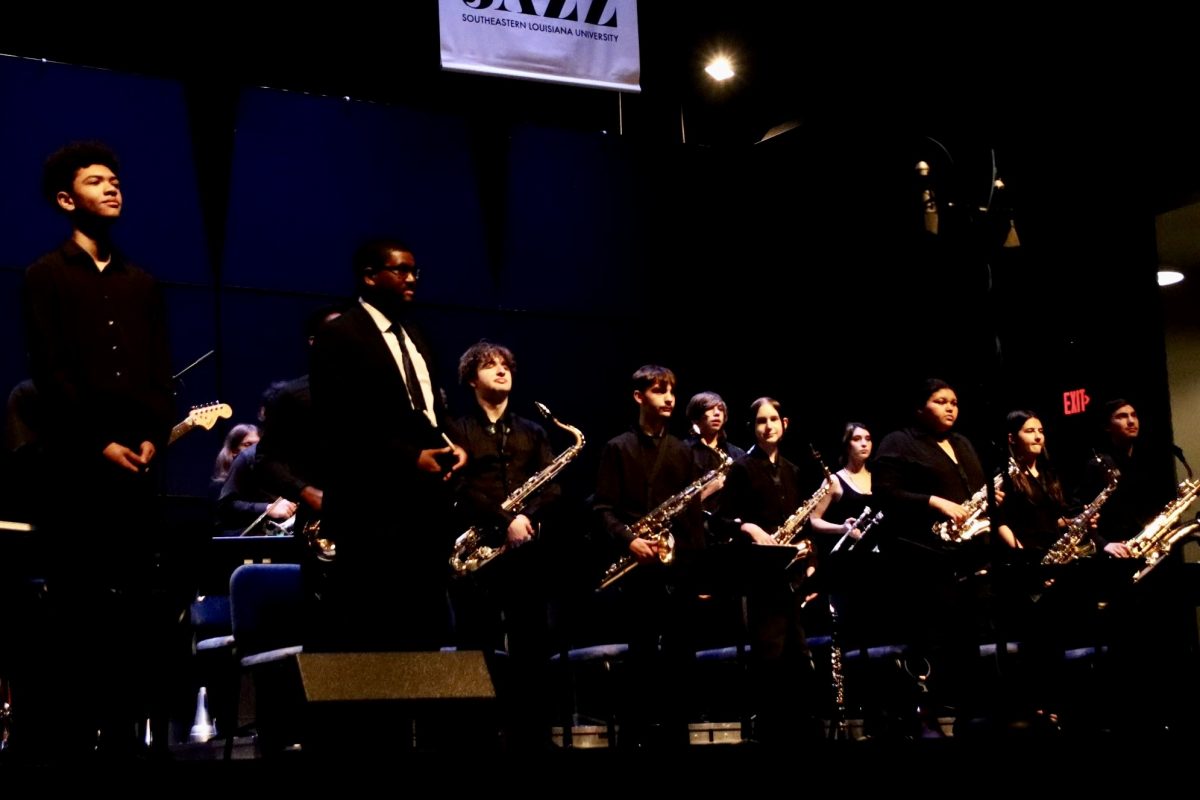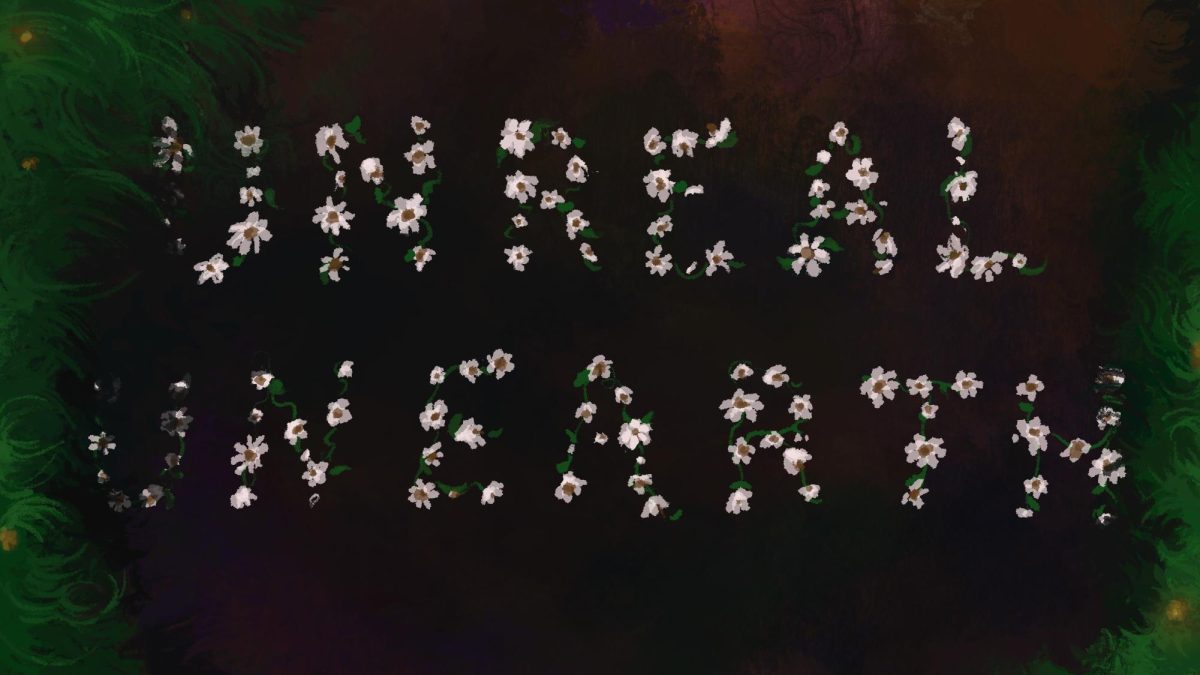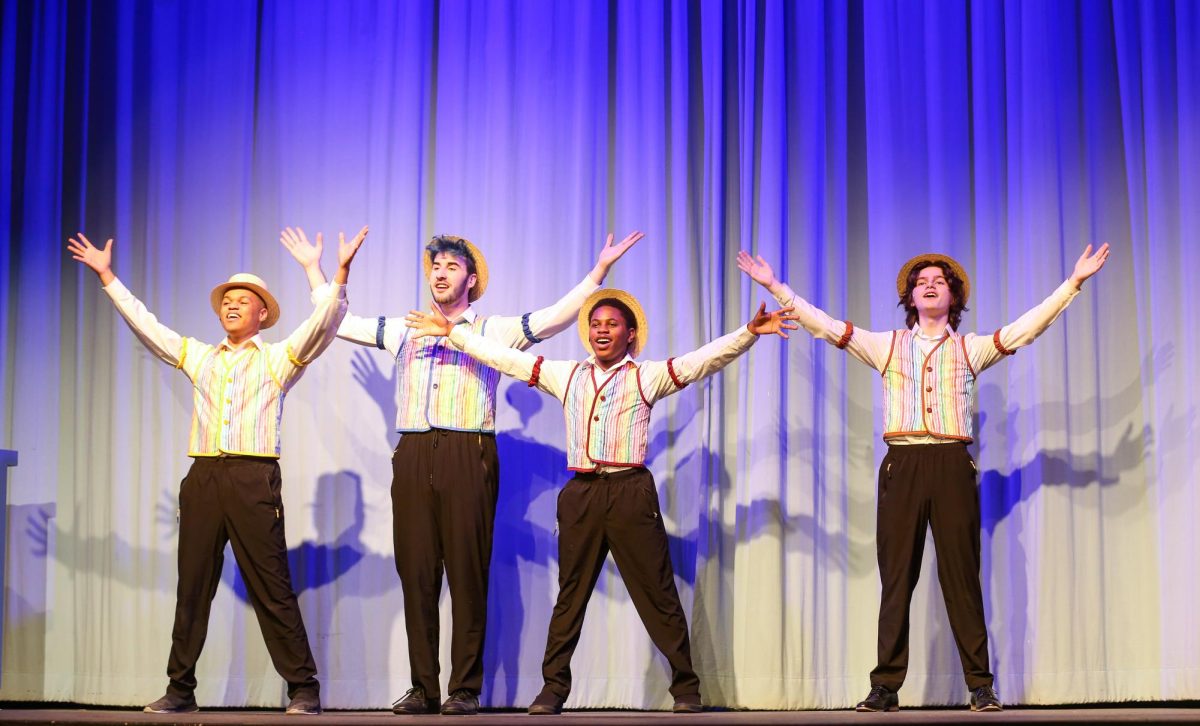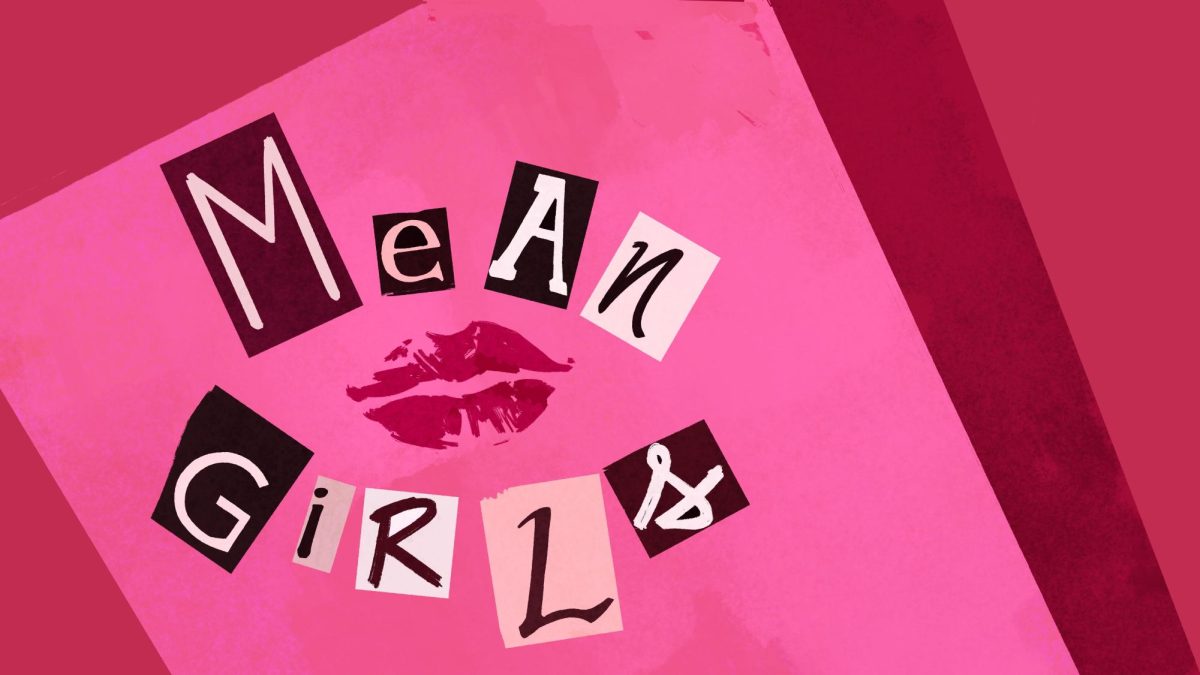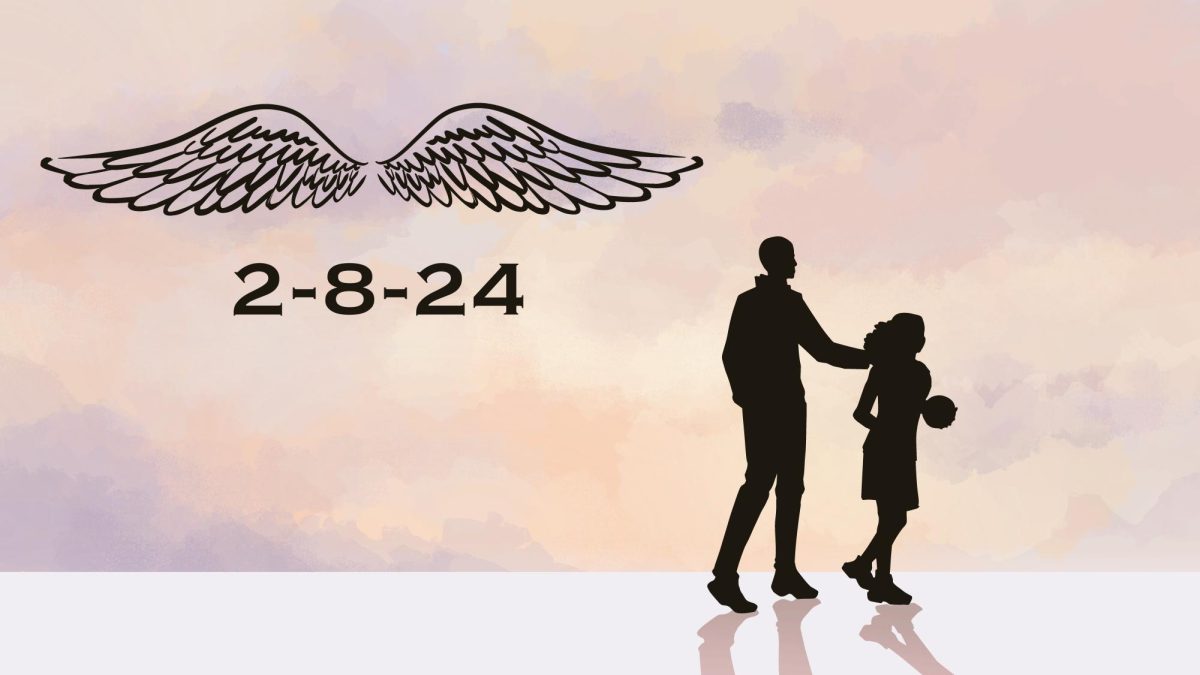Warning: Spoilers for “Spider-Man: Across the Spider-Verse”
Superhero films, for better or worse, have become the standard bearer of pop culture.
They’re real-time reflections of culture, and by the late 2010s, our culture radically shifted just enough to provide space for Black superheroes in film.
In 2018, “Spider-Man: Into the Spider-Verse” introduced Miles Morales, a Black teenager who stumbled upon the powers of the iconic wall-crawler and must take up the mantle to protect Brooklyn and the multiverse.
“Into the Spider-Verse” entered my life at the right time; I was a 14-year-old freshman at the beginning of what would be a complex journey through adolescence and socialization, which wasn’t made any easier by being Black in a majority-White area. The film made me even more proud to be Black and reminded me of the excellence I’m capable of.
I’m now a 19-year-old college sophomore facing a new challenge: entering adulthood amidst a wave of political violence and authoritarian fascism.
Once again, Spider-Man answered the call with the second installment of the trilogy, “Spider-Man: Across the Spider-Verse,” on June 2. I departed my local theater in awe at what is now my favorite movie of all time: an artistic masterpiece with grand emotional depth that meets our current moment.
The film returned us to Earth-1610, where Miles officially holds the role of Spider-Man. Any discussion on the “Spider-Verse” series must begin with its animation; “Into the Spider-Verse” revolutionized the art form, and “Across the Spider-Verse” improved it.
The animation, simply put, is among the most beautiful frames of art ever crafted.
Every scene of the film is filled with dazzling and experimental art direction. The animators blend a sense of cartoon exaggeration and humanistic realism perfectly; the characters all look unique and feel alive, yet they maintain a comic-book art style, as though they breathed life into an issue from Marvel. Even the spider-people – of which there are thousands in this movie – each look and move uniquely.
Two standouts of animated exceptionalism in this movie were the relationship between Miles’ friend, crush and fellow spider-person Gwen Stacy and her father, as well as the character Hobie, a British punk-rock spider-person.
For Gwen, the emotional depth in scenes with her father drips literally and figuratively through the screen, staining the walls with watercolor hues of blue and pink. When they embrace, the entire background lights up, reflecting the love they share despite their rocky relationship.
For Hobie, he is an animated enigma. He will be animated differently than other characters within the same scene, flashing through color schemes while the bubble around his guitar changes shape.
Though Miles is becoming increasingly better at protecting Brooklyn, the job has its fair share of challenges: namely, trying to balance being a superhero, a student and a good son, all while keeping his alter ego a secret from his parents.
Family dynamics are central to the theme of the movie. Plenty of time is devoted to Miles talking to his parents or Gwen navigating her relationship with her father.
One example is when Miles, as Spider-Man, talks to his father after seemingly taking care of the “bad guy of the week,” Spot. His father praises him for being so brilliant, yet criticizes him for being brash and secretive. Through his alter ego, Miles tells his father he needs to let him “spread his wings” and discover life for himself.
Add on top Miles’ hilarious attempt at lowering his voice, and the scene becomes a touching moment between a father and a son who don’t see eye to eye but are willing to try to understand one another because they love each other.
Spot is another example of excellent writing in “Across the Spider-Verse.” He is a humanoid figure with literal spots, or portals, all over his body. He is introduced as just another bad guy for Miles to stop before class. He’s uncoordinated and has an unassuming exterior, yet he manages to hold his own against Brooklyn’s wall-crawler.
As the film continues, Spot’s true nature begins to unfold. He was a scientist for the Alchemax lab that Miles blew up. He was caught in the explosion, ultimately turning him into Spot. He blames Miles for his condition and vows revenge.
“I created you and you created me,” Spot tells Miles, referring to the Alchemax spider that bit Miles and gave him his powers. The dichotomy between our hero and villain is evident in this line; both result from tampering with multiversal forces, yet they turn Miles into a superhero while turning Spot into a monster.
The writers, through the use of subversion, crafted an incredible villain narrative, building up the tension from an unsuspecting “bad guy of the week” to a transdimensional super being with a personal vendetta against the main protagonist.
After following Gwen to Earth 50101B’s Mumbattan and fighting Spot, Miles learns of the organization of spider-people working to preserve the spider-verse by eliminating potential anomalies and maintaining canon events.
The organization is housed in Earth-928’s Nueva York. He’s reacquainted with his former mentor and dear friend, Peter B. Parker from Earth-616, and meets a varied cast of characters, including Pavitr Prabhakar, Hobie and the leader of the organization, Miguel O’Hara, from the famous Spider-Man 2099 series.
The ensemble of new additions to the spider-verse infuses the movie with energy when they’re on-screen, even if their time is limited. Pavitr is eccentric, outgoing and immensely talented. He wakes up with perfect hair and drinks a cup of chai (not chai tea, as chai means tea) before embarking on another Mumbattan adventure.
Hobie radiates effortless cool the moment he steps into the frame. When he’s not walking the runway, Hobie’s fighting against oppressive social structures and giving out a helping hand to Miles.
Even Miguel is given time to explore his character. In an attempt to be with his family again by traveling through the spider-verse and replacing another version of himself, he destroyed it, losing everything in the process. These characters, their depth and their unique traits make a great film all the more compelling.
Miguel taught Miles about the spider-verse and canon events, revealing that for his universe to be preserved, his father, the soon-to-be captain, will die in a matter of days.
Miles’ reaction isn’t merely heartbroken but indignant. He refuses to accept this fate and escapes, beginning a mad scramble for the web-swinging vigilante throughout Nueva York, featuring every spider-person present.
The action in the film, especially in the escape scene, is jaw-droppingly gorgeous. Each spider-person is acrobatic and has a flair for improvisation, creating action-packed, lively sequences. They’re a rush to watch and a testament to the meticulous attention to detail on display in every second of the film.
Miguel eventually subdues Miles and, to Gwen and Peter’s dismay, tells Miles the truth: he is the ultimate anomaly. The spider from Alchemax that bit him and gave him his powers was from Earth-42, not Earth-1610.
This means Miles was never supposed to be Spider-Man.
After Miles managed to escape, he was inadvertently transported to Earth-42, where he came face-to-face with his counterpart, Miles G. Morales, the Miles who was supposed to be Spider-Man. In this universe, without spider powers and a deceased father, Miles G. instead became the Prowler.
This is one of the movie’s central questions: Can Miles truly be Spider-Man if he wasn’t meant to be here?
It’s hard to ignore the real-life racial parallels of this question. Like in the movie, many people in real life often question the validity of Miles Morales as Spider-Man due to his skin color. As a Black man, I, unfortunately, relate, as I’ve been in spaces where my presence was questioned simply for being Black.
It’s discouraging and difficult to deal with for both of us. Yet, he’s still himself despite the hatred. That’s what makes this movie so special: He is Spider-Man. He won’t accept some preordained fate. He will save his father and defeat Spot.
He doesn’t care how things were meant to be; he’s going to take control of his destiny. I should learn to do the same.
Will Miles be able to save his father and defeat Spot? We’ll know once the trilogy’s final installment, “Beyond the Spider-Verse,” releases in a few years. In the meantime, when I’m filled with dread and self-doubt in my journey through college and adulthood, I can return to this movie for entertainment and inspiration.
“Across the Spider-Verse,” an achievement in art direction, writing and emotional depth, shows everyone, especially Black people like myself, we can craft our destiny and soar to new heights; we just have to keep swinging.


